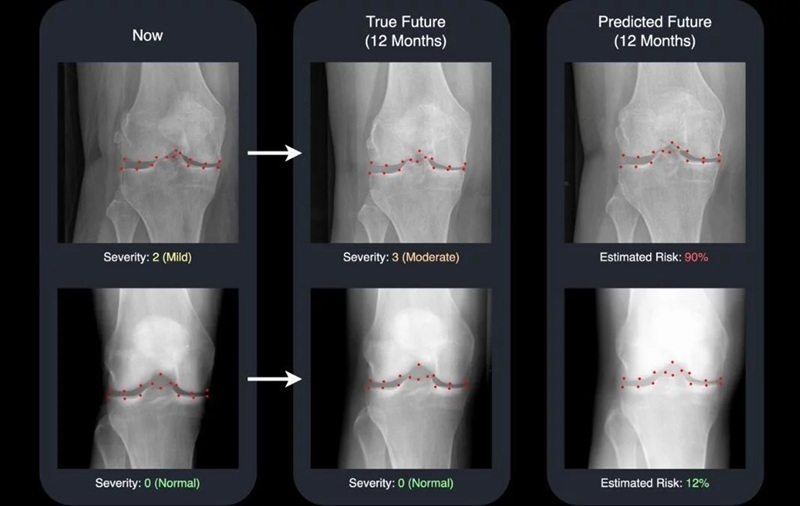“Incidental Findings” Found to Be Unusual but Significant Events in Pediatric CT Imaging
By MedImaging International staff writers
Posted on 23 Sep 2013
The largest study of computed tomographic (CT) imaging scans taken in emergency departments across the United States for children with head injuries revealed the prevalence of “incidental findings,” i.e., results that were not expected from the injury, and categorized them by urgency.Posted on 23 Sep 2013
The article was published in the August 2013 issue of the journal Pediatrics, and provides a context for doctors in emergency departments who encounter these situations. “Incidental findings are a rare but significant event,” said Dr. Nathan Kuppermann, professor and chair of emergency medicine at the University of California (UC) Davis Medical Center (Sacramento, USA) and lead investigator of the study. “It is important for doctors to look for abnormalities other than what they expect to find and to be prepared to interpret and communicate these findings to families.”
The study involved nearly 44,000 children seen for a head injury in 25 hospital emergency departments nationwide. Nearly 16,000 had CT scans to evaluate an injury, and approximately 4% of the scans revealed incidental findings ranging from enlarged tonsils to life-threatening tumors. Children with a known pre-existing brain abnormality were excluded from the analysis.
The researchers also classified the incidental findings into three categories: those that required immediate assessment or treatment, those that needed appropriate timely outpatient follow-up, and those that merited further investigation only if the problems were causing symptoms. Only 0.1% of the overall sample of CT scans fell into the most serious category.
Because of the small percentage of patients with the most urgent incidental findings, the study authors did recommend any changes to current CT scan guidelines. They believe emergency medicine physicians should continue to perform CT scans in children as is medically justified for their injury because a CT scan entails a small but known long-term risk of cancer from radiation exposure.
Advanced imaging studies, genetic analysis, and other high-technology tests have made it possible to gather data that neither the clinician nor patient expects. Determining what to do with these findings, particularly if they are likely to be insignificant to a patient’s health, can create a predicament for physicians. The authors believe physicians should weigh the patient’s right to know against financial costs and potential negative health effects from worry, further testing and perhaps even unnecessary treatment brought on by learning of the findings.
“Because the practice of medicine has embraced technologies that provide information beyond the actual clinical question, a need to develop strategies to handle unexpected information now exists,” said Alexander Rogers, assistant professor of pediatric emergency medicine at the University of Michigan Health System (Ann Arbor, USA), and lead author of the study. “Particularly in the emergency room, doctors must decide quickly whether and how to disclose information to a family with whom they have no prior relationship and do not know what their response is likely to be.”
This study is the largest pediatric multicenter description of the frequency of incidental findings on head CT scans. Moreover, it is a secondary analysis of a study that was designed to establish a decision rule for determining which children who present to the emergency room with a head injury should have a CT scan to evaluate it.
The pediatric head injury/trauma algorithm that resulted from this work has become standard in emergency departments worldwide and has helped reduce the number of unnecessary CT scans in children. Both studies were part of the Pediatric Emergency Care Applied Research Network (PECARN; Salt Lake City, UT, USA), the only US-funded pediatric emergency medicine research network. With participating academic and urban hospitals across the country, the network has access to a large number of demographically diverse populations of children being seen in emergency departments.
“The large size of this study enhances the value and generalizability of our findings,” said Dr. Kuppermann, who is the founding chair of PECARN and served as its chair until 2008. “Without the large, multicenter network provided by PECARN, we would be unable to have undertaken such a definitive study.”
Related Links:
University of Michigan Health System
University of California, Davis Medical Center
Pediatric Emergency Care Applied Research Network














